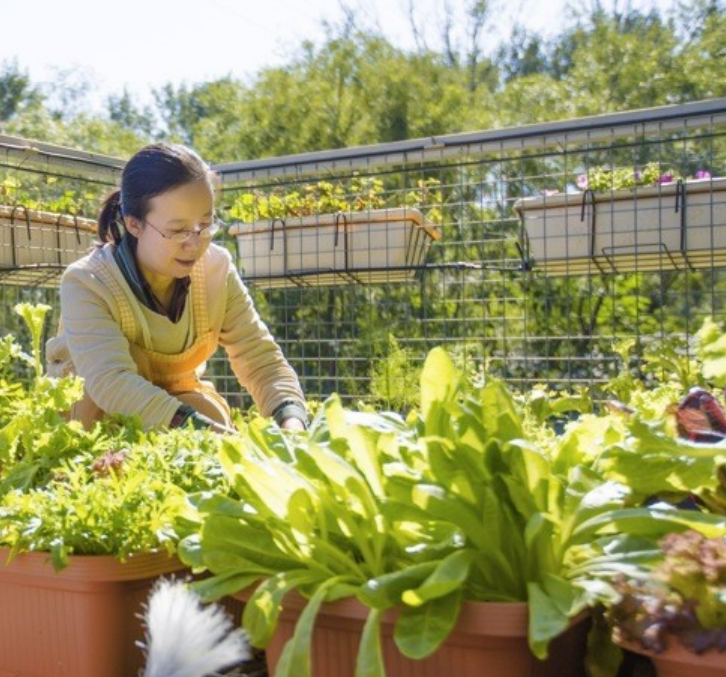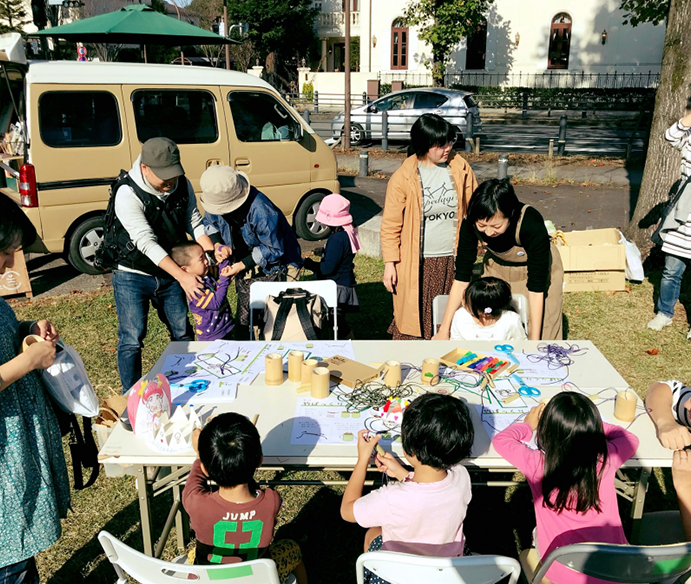Vision &goals
In the complexity of contemporarysociety, social innovation is spreadingand its potential, as a driver of sustainable change, is increasing. To facilitate this process, the design community, in general, and design schools, in particular, can play a pivotal role.
YOU CAN BECOME A PARTNER
Members can be legally constituted higher education institutions or Universities with design disciplines, private or public. Each Member commits itself to establish and sustain a DESIS lab in its higher education institutions.
WORK WITH US
Design for social innovation can find in the design schools a major driver for its application and diffusion. In fact, design schools (and, more in general, all the design-oriented universities) can orient their didactic and research activities towards social innovation.
Our Vision

Social Innovation
Social innovation is a new idea that works in meeting social goals” (Mulgan, 2006). In other words, social innovation can be seen as a process of change emerging from the creative re-combination of existing assets (social capital, historical heritage traditional craftsmanship, accessible advanced technology) and aiming at achieving socially recognized goals in new ways. A kind of innovation driven by social demands rather than by the market and/or autonomous techno-scientific research, and generated more by the actors involved than by specialists.
Emerging Sustainable Ways of Living
Over the past decade social innovation has spread: a variety of social actors throughout the world (institutions, enterprises, non-profit organizations and, most of all, networks of collaborative people) have moved outside mainstream models of thinking and doing, generating a variety of promising initiatives such as community-supported agriculture, co-housing, carpooling, community gardens, neighbourhood care, talent exchange and time banks. These initiatives propose viable solutions to complex problems of the present (e.g., social cohesion, urban regeneration, healthy food accessibility, water and sustainable energy management) and, at the same time, they represent working prototypes of sustainable ways of living.


Design for Social Innovation
Today, social innovation is generating a constellation of small initiatives. Nevertheless, if favourable conditions are created, these small, local social inventions and their working prototypes can spread. They can be scaled-up, consolidated, replicated and integrated with larger programs to generate large-scale sustainable changes. To do that, new design competences are needed. Indeed, social innovation processes require visions, strategies and co-design tools to move from ideas to mature solutions and viable programs. . That is, they ask for new design capabilities that, as a whole, can be defined as design for social innovation.
Design Schools as Agents of Change
Design for social innovation can find in the design schools a major driver for its application and diffusion. In fact, design schools (and, more in general, all the design-oriented universities) can orient their didactic and research activities towards social innovation. That is, they can become design laboratories where new visions are generated, new tools are defined and tested and where new projects are started and supported. If a worldwide movement towards sustainability calls for the best possible use of all existing resources, design schools, with all their potential in terms of students’ enthusiasm and faculty experience, should be considered a very promising social resource: a potentially powerful promoter of sustainable change.

Our Goals
DESIS Network aims at using design thinking and design knowledge to co-create, with local, regional and global partners, socially relevant scenarios, solutions and communication programs.
Scaling-up social innovation
DESIS Network main aim is to use design thinking and design knowledge to trigger, enable and scale-up social innovation. That is:
Favorable Environment
To enhance its potential by creating a more favorable environment (social, cultural, political, economic).
Raise Visibility
To raise its visibility by searching for promising initiatives and communicating their existence and significance to a larger audience.
Facilitate Transferability
To facilitate its transferability by developing enabling solutions to make existing initiatives more effective, accessible and replicable in different contexts.
Increase synergy
To increase its synergy by developing frameworks and platforms to connect the diverse local cases into larger regional projects.
Stimulate New Initiatives
To stimulate new initiatives, by proposing visions and solutions as seeds to be developed in open, collaborative interactions with local communities and other involved actors.
CLARIFYING THE DESIGN POTENTIAL
DESIS Network’s second aim is to clarify the design for social innovation potential both inside and outside the design community. That is:
Make it Clear
To make it clearer, inside the design community (designers, design researchers, design media and design schools), that social innovation is, and will continue to be at least for the near future, a fundamental field of application for all the design disciplines.
Give Evidence
To give social innovators tangible evidence of the potential of design thinking and design knowledge in supporting the processes in which they are involved.

PROMOTING AN OPEN DESIGN PROGRAM
DESIS Network’s most ambitious aim is to promote a broad and flexible design program. A design program where several local, regional and global projects may converge, reinforce each other and generate innovative scenarios and solutions. Our desire is to produce knowledge with the contribution of different partners (open processes) and that can be used by all stakeholders (open results).
In short the DESIS Network’s higher ambition is to generate an Open Design Program able to give different projects visibility, to facilitate their alignments, collaborations and synergies and, on these bases, to develop visions and proposals adequate to the great challenges of contemporary society.

